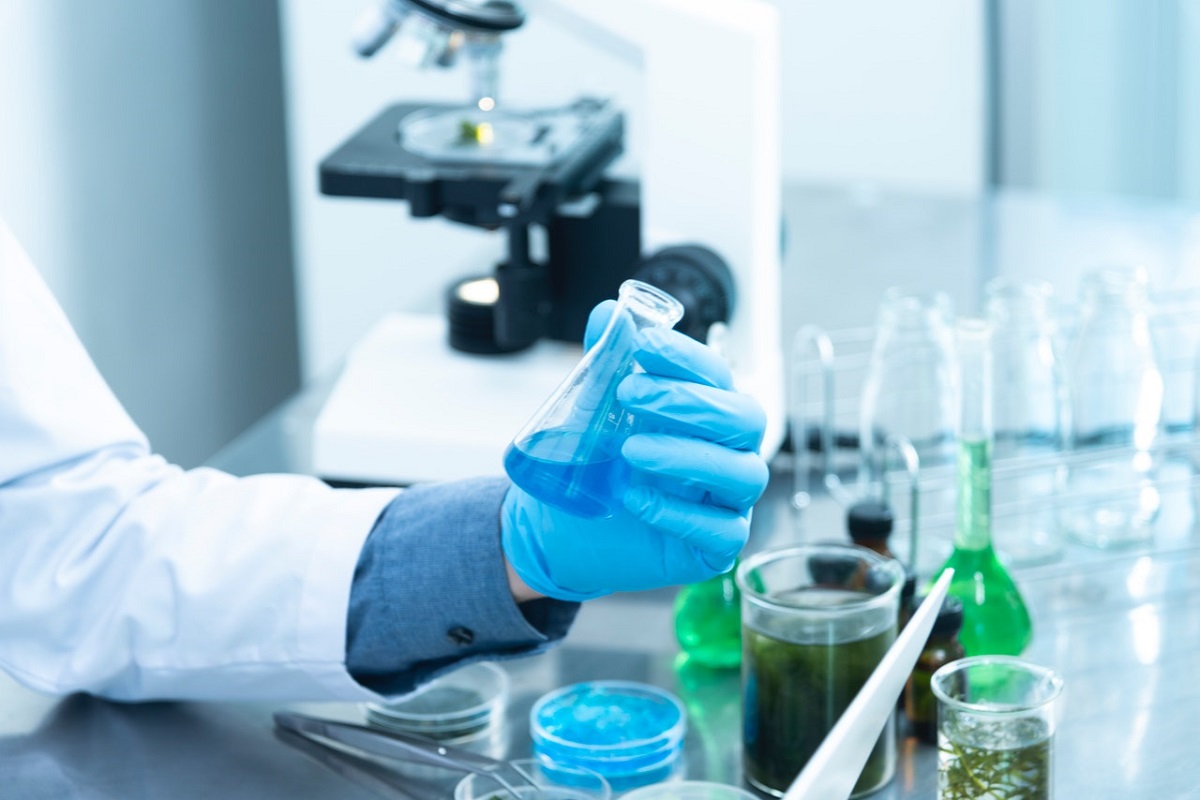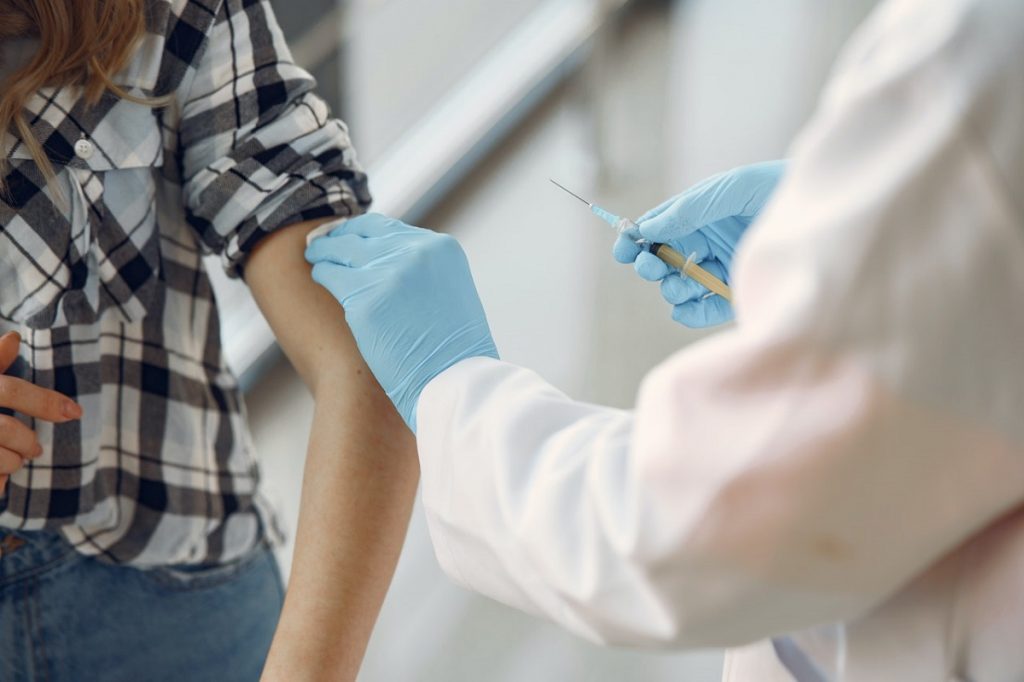Before COVID-19, the fastest that a vaccine has been developed was four years. It was for mumps, an illness that, at the time, was the most common cause of aseptic meningitis and sensorineural hearing loss among children across the United States. The live attenuated vaccines against mumps were introduced in 1967. To this day, the world is still benefiting from it. It was later on mixed
protection against measles and rubella, becoming the MMR vaccine.
The development of a vaccine is a long process. Regularly, vaccines take around a decade or more to be researched, tested, and approved for mass use. After all, a lot of work needs to be done to ensure that the vaccine is safe and effective.
How Vaccines are Developed
It first has to go through research as scientists identify potential natural or synthetic agents that may eradicate a disease. This may take about two years or more.
Next is the pre-clinical studies where testing begins. Scientists will first assess how tissue culture or cell culture responds to the antigen. If it triggers an immune response, it moves onto the next stage. If it does not, then it is back to the drawing board.
The vaccine candidate that shows promise is then tested in animal subjects such as mice and monkeys. This will allow researchers to know how the vaccine will perform once injected into the human body. If it is safe and effective, it moves onto the next stage: human trials.
The human trials come in three to four phases. The first phase will involve a small group of volunteers, usually between 20 to 80 adults. It may not be blinded because the goal is to assess the safety of the candidate vaccine and gauge the immune response it creates.
The second stage is larger, with more participants taking the vaccines. This phase aims to determine safety, immunogenicity, proposed doses, method of delivery, and other details.
The third is the largest and will involve thousands of participants across all age brackets. They will not all receive the candidate vaccine; some will serve as the control group given a placebo. Some side effects may also come to light. This phase aims to determine whether it prevents infection, prevents diseases, or leads to the production of antibodies.
The fourth phase of human trials happens after approval and licensure.
Vaccines take long to develop, yet the vaccine against COVID-19 took less than a year to be developed, under preclinical and human trials, and then approval. It begs the question, if protection against COVID-19 can be pushed to the public as soon as possible, why does it take too long for vaccines for other diseases to be approved?
Funding Enabled Quick COVID-19 Vaccine Development

COVID-19 showed that the development of vaccines could be fast as long as there are sufficient resources to support it. The technology for faster research, development, and testing is there. An in vitro imaging system, for example, can save time and reduce errors.
What the next vaccines will need to be pushed to the market at a quicker rate is funding. COVID-19 was a global emergency. It was spreading very quickly, overwhelming healthcare systems and killing thousands of people in a day. To prevent further spread, governments had to close down entire cities and impose strict border controls. Economies went into recessions. Millions lost their jobs as stores and offices shut their doors either temporarily and permanently.
The COVID-19 vaccines went through the same extensive testings and trials. However, what money did enable drug makers to conduct phase 1, 2, and 3 trials simultaneously. At the same time, even before results came out, some vaccine candidates were already in production, thanks to philanthropists.
Bill and Melinda Gates donated hundreds of million dollars to fund the research, production, and distribution of vaccines against COVID-19.
Regulatory Processes Gains Speed
In addition to funding, the global emergency also led to regulation changes to enable vaccine candidates to arrive on the market as soon as possible. Former U.S. President Donald J. Trump launched in May 2020 “Operation Warp Speed” to create a vaccine against COVID-19 by year-end.
Around the world, the regulatory application for the first human doses was approved within a week, far quicker than normal. The relevant authorities were also reviewing data on a rolling basis so that the candidate vaccines can be approved for emergency use by the end of the trials.
There is still no vaccine available commercially, but millions of people around the world have been inoculated and are now protected against COVID-19.
The development of the COVID-19 vaccine was quick but, hopefully, the same can be applied for other vaccines and treatments in the future. The development of drugs for other illnesses should be given the same priority as COVID-19 to save more lives in the future.

